Eagle wood - Aquilaria malaccensis

It is an astringent, stimulant, tonic herb that relieves spasms, especially of the digestive and respiratory systems, and lowers fevers. It is used as a sedative against abdominal complaints, asthma, colic and diarrhea, and as an aphrodisiac and carminative. The Indian Council summarizes the properties of agarwood as follows: “Agarwood is considered stimulant, antiasthmatic, carminative, tonic, aphrodisiac and astringent. It is used in diarrhea, dysentery, gout, rheumatism and paralysis.
Echinacea - Echinacea purpurea
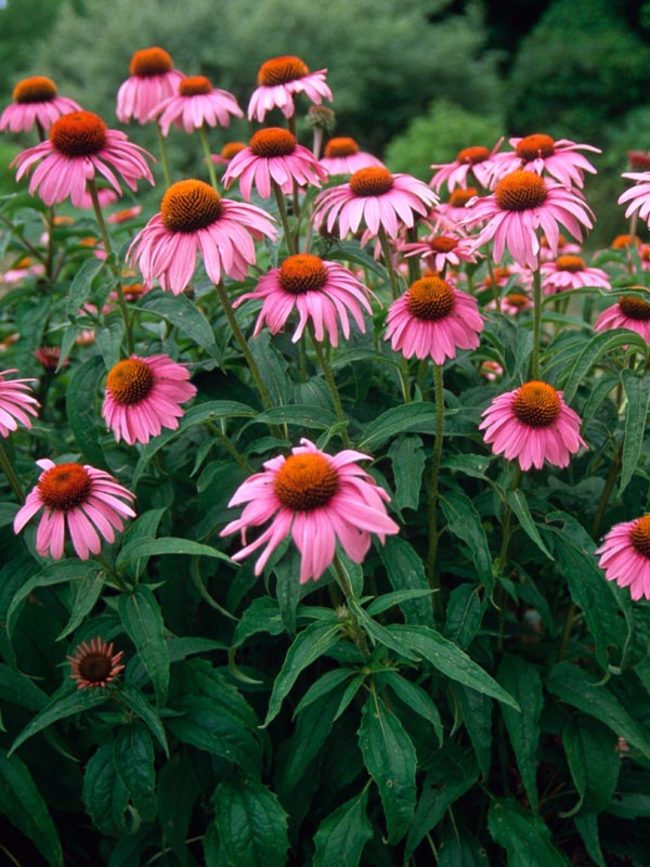
Echinacea is often used to prevent or treat viruses that cause colds, sore throats, or the flu. Native Americans have used it for centuries to treat various ailments. Today, it’s best known as an over-the-counter herbal remedy for the common cold or flu. However, it’s also used to treat pain, inflammation, migraines and other health issues. Echinacea has been shown to improve immunity, blood sugar, anxiety, inflammation and skin health. It may even have anti-cancer properties. However, human-based research is often limited.
Elephant Ears - Colocasia esculenta
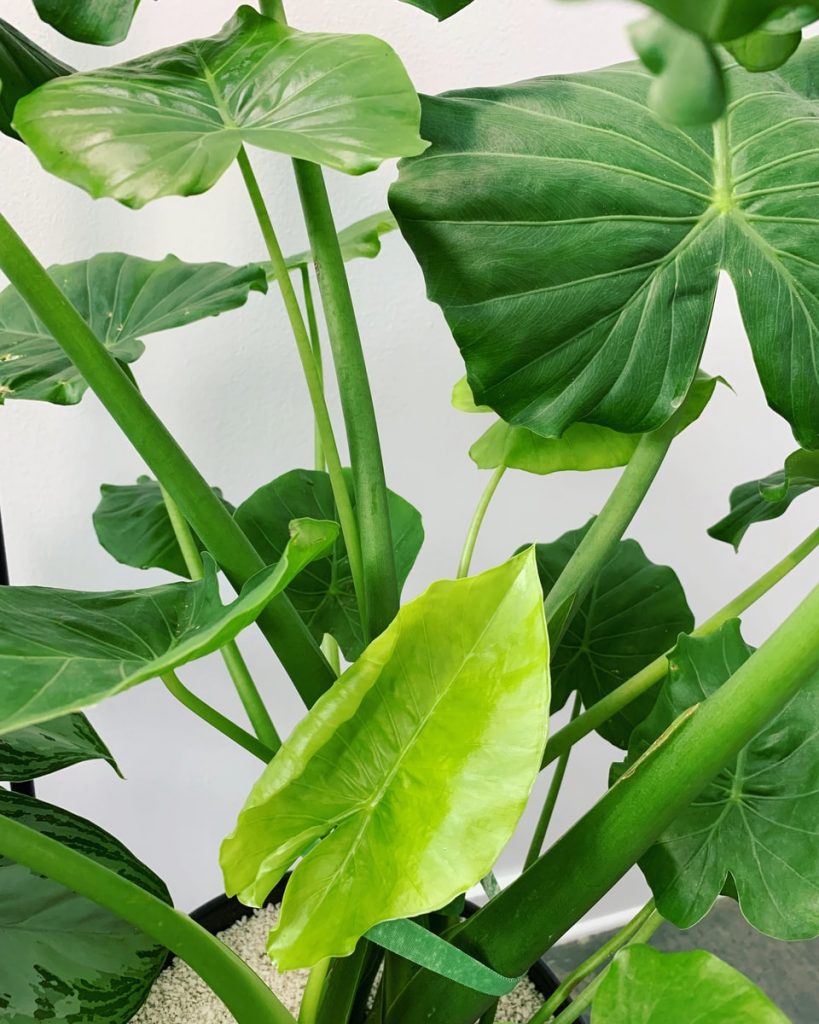
Elephant ears, also known as Taro potato, cocoyam is the common name for a group of tropical perennial plants grown for their large, heart-shaped leaves. Taro leaves are a low calorie green leafy vegetable that’s high in potassium, folate, and vitamins C and A. Taro leaves are low in calories, high in fiber, and high in micronutrients. This contributes to several potential health benefits, such as promoting a healthy body weight, boosting heart health, and preventing disease.
Elephant foot - Amorphophallus paeoniifolius

The Elephant’s Foot is a mass of black corium with many layers, externally resembling tree bark and glass. It is composed primarily of silicon dioxide, with traces of uranium, titanium, zirconium, magnesium and graphite. The mass is largely homogeneous, though the depolymerized silicate glass contains occasional crystalline grains of zircon. Elephant foot yam is a rich source of trace elements like potassium, magnesium, selenium, zinc, phosphorous and calcium, that help in improving concentration and memory. It is helpful in improving immunity in the body. It is a good anti-inflammatory agent as well as a detoxifier.
Elephant creeper - Argyreia nervosa
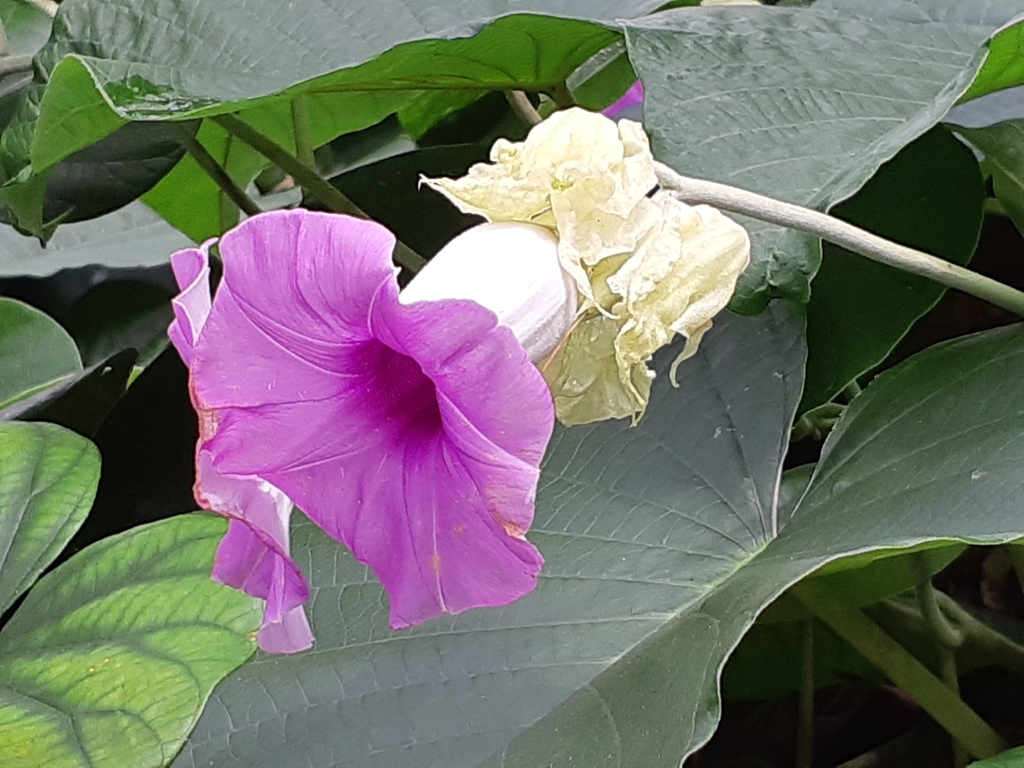
The root of the Elephant Creeper is a diuretic and an aphrodisiac. It is also used to treat gonorrhea, rheumatism and nervous system disorders. The herb is reported to cure sexual disorders in men. This plant is pharmacologically studied for nootropic, aphrodisiac, immunomodulatory, hepatoprotective, antioxidant, antiinflammatory, antihyperglycemic, antidiarrheal, antimicrobial, antiviral, nematicidal, antiulcer, anticonvulsant, analgesic and central nervous depressant activities, diabetes, fever and more.
Emetic Swallow - Tylophora asthmatica Wight
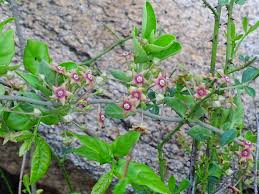
Emetic agents are a class of medications used to induce nausea and vomiting for the emergency treatment of poisoning with certain toxins that have been swallowed. Although its use is now discouraged, the most commonly used drug for this purpose is ipecac syrup. The decoction of the dried leaves is an emetic and works as an expectorant in bronchitis and coughs. A decoction of the leaves and an infusion of the root bark has been found to give satisfactory results in dysentery, asthma, bronchitis, rheumatic and gouty pains.
Eucalyptus – Genus Eucalyptus
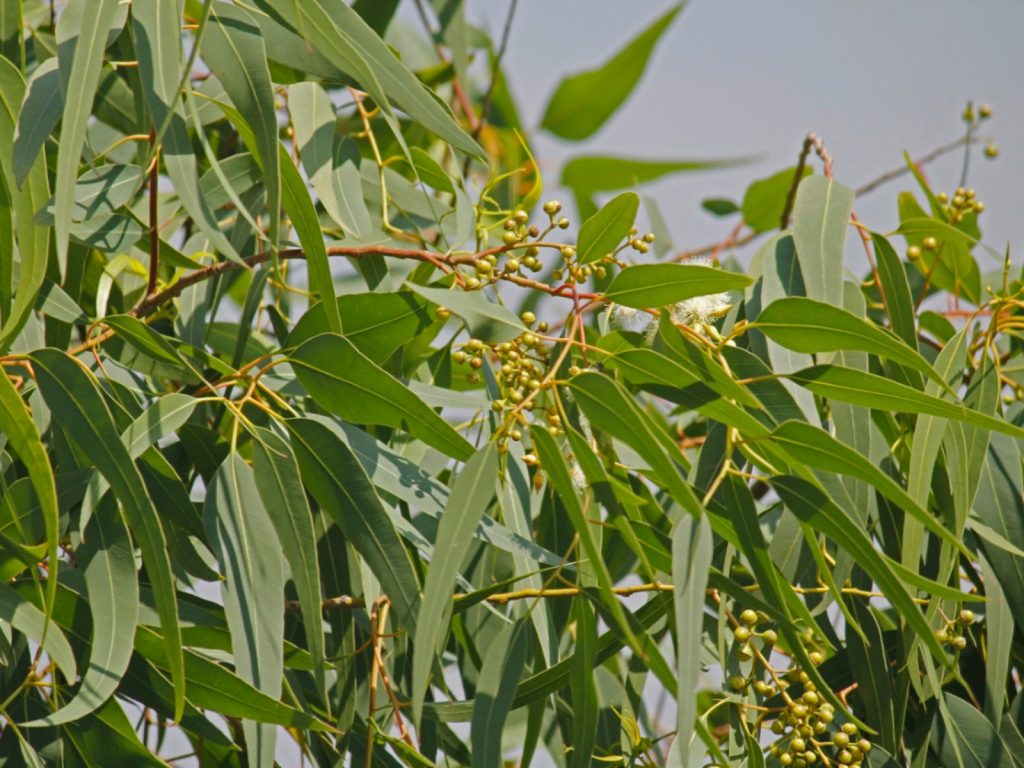
Eucalyptus, (genus Eucalyptus), also known as gum trees or stringybark trees is a large genus of more than 660 species of shrubs and tall trees of the myrtle family (Myrtaceae). The best health benefits of Eucalyptus include its ability to boost respiratory health, strengthen the immune system, protect skin health, ease stress and anxiety, lower blood sugar, eliminate inflammation, and fight against bacterial infections.
Engelmann Prickly Pear - Opuntia Engelmannii
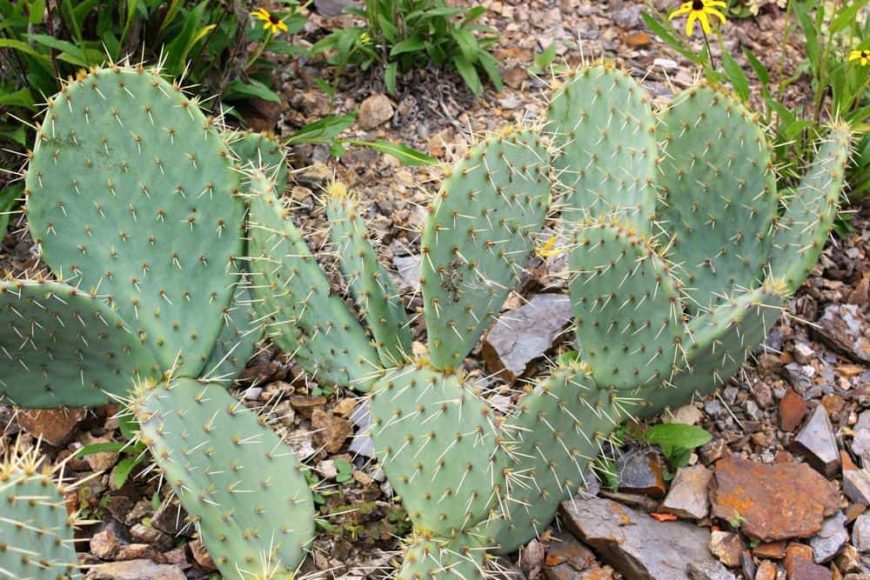
Prickly pear cactus also known as nopal, opuntia is promoted for treating diabetes, high cholesterol, obesity and hangovers. It’s also touted for its antiviral and anti-inflammatory properties. The edible parts are the leaves, flowers, stems and fruit. Prickly pear cactus is eaten whole (boiled or grilled). It is also made into juice and jams.
Endod - Phytolacca dodecandra,
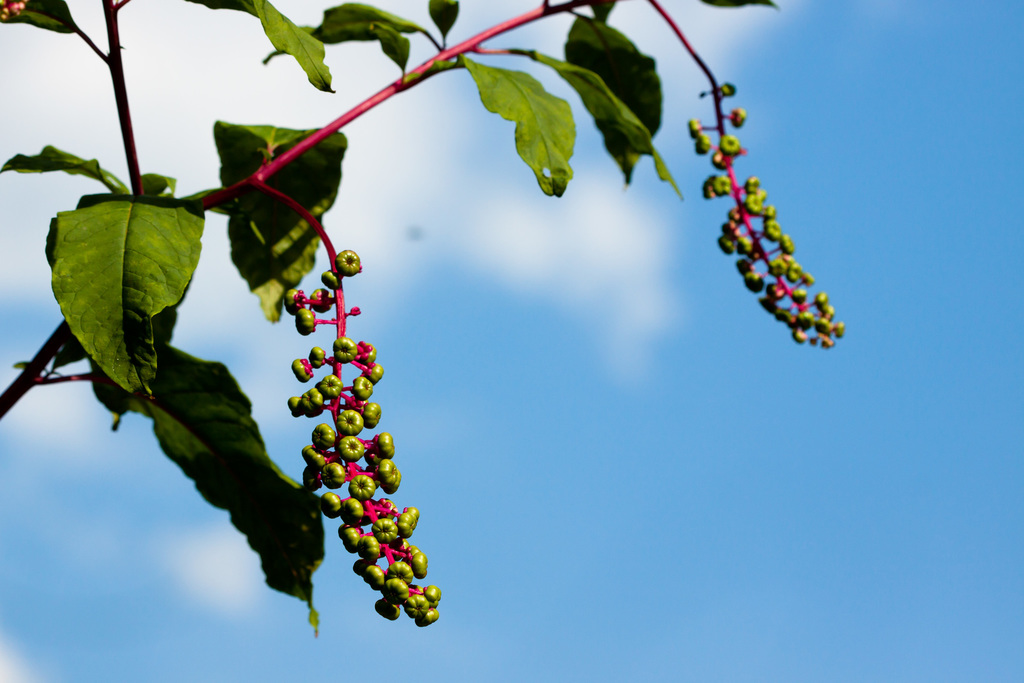
Commonly known as, gopo berry, or African soapberry, Endod is a trailing shrub or climber native to Tropical Africa, Southern Africa, and Madagascar. Common medicinal uses include treatment of skin itching (ringworm), abortion, gonorrhea, leeches, intestinal worms, anthrax and rabies. Two thirds of the people express interest in cultivating endod for personal use if supplied with rooted cuttings.

